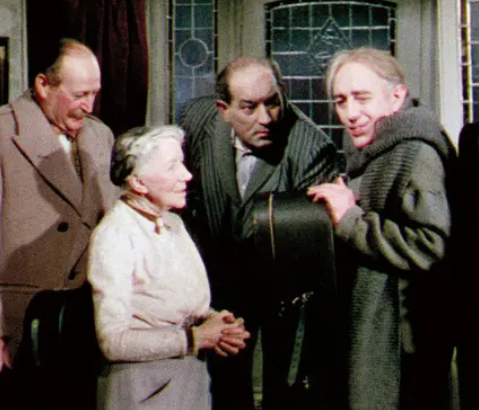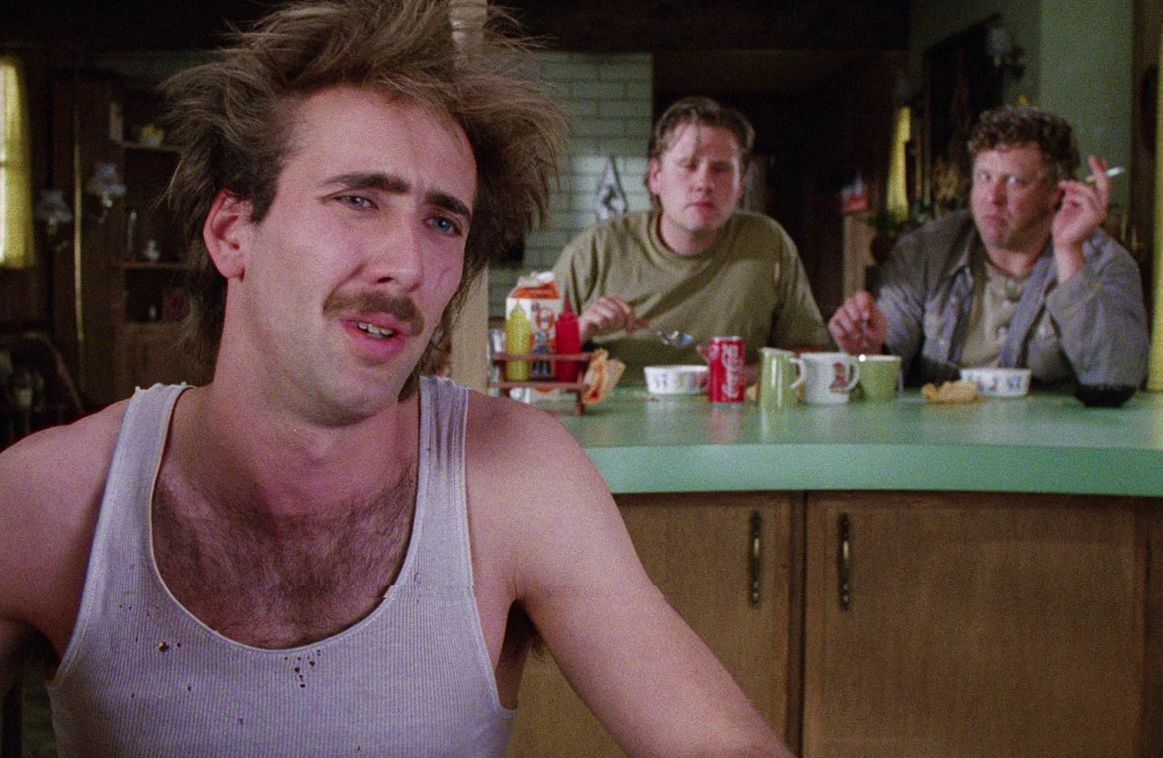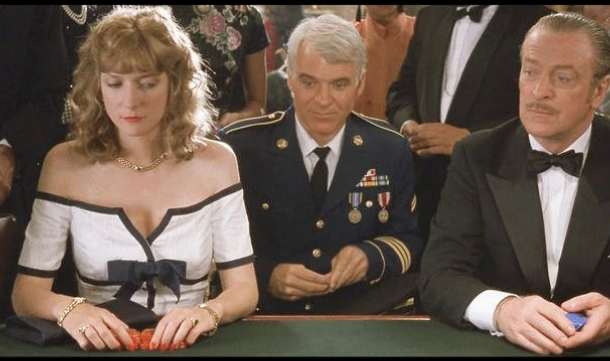The Pros of the Con
[This article originally appeared on Outtake by Tribeca Shortlist on Nov 20, 2016]
Everybody hates to be conned, but boy, we all love to watch a great con artist in action. What’s so compelling about these charismatic liars and clever cheaters, anyway? (By the way, if you’re suffering from post-election burnout, don’t worry: this isn’t another think-piece about the election. Rather, it’s a brief exploration of one of storytelling’s most beloved archetypes: the trickster. But feel free to draw your own conclusions.)
Filmmakers have always derived special pleasure from taking the “there’s a sucker born every minute” axiom and having a crafty character twist our sense of right and wrong into unexpected shapes, like a balloon animal. The trickster has been around in numerous guises as long as stories have: the gambler, the swindler, the artful dodger, the doppelganger, hustlers and hackers and more. From mythological figures like Loki and fast-thinking cartoon characters like the Roadrunner or Bugs Bunny, to Batman’s arch nemesis, the Joker, the trickster figure is sometimes a hero, sometimes a villain, and often a confusing hybrid of the two. But what every trickster has in common is a refusal to play by the rules and a general sense of decorum that most of us adhere to — often, to our own detriment.Hence there’s a vicarious thrill to be enjoyed in watching someone else get away with a great swindle.
In real life, we’re often horrified by what we perceive to be the unthinking gullibility of others. (It’s certainly one way to avoid the horror of recognizing our own gullibility at certain times and in certain situations.) This is where comedy often has a way of righting reality’s wrongs. Watching a con artist in action allows us to imagine that, in a more perfect fictional world, our wits might have us actually winning, for once. When we watch the comedy con man or woman in action, we naturally identify with the swindler, and not the swindled — at least if he or she is successful. On some level, watching a fool have to pay for his or her idiocy is immensely satisfying.
And when that happens in comedy, nobody ever really gets hurt, which is part of the charm of the cinematic grift.
Here’s a short tour through the more endearing comedy cons where the laughs are fairly earned, not stolen:
The Ladykillers (1955)
Alec Guinness, Peter Sellers, Herbert Lom and several brilliant compatriots play thieves planning a big heist. For cover, they pose as musicians and rent a room in doddering Mrs. Wilberforce’s house. In the “they don’t make ’em like this anymore” department, witness the gentlemen thieves being undone by their elderly landlady and her parrot. The film was remade by the Coen Brothers (see below) with Tom Hanks in 2004, but in this case, the original remains the stronger by far.

The Sting (1973)
Perhaps more dramedy than comedy, this Academy Award winner had swagger. Robert Redford and Paul Newman portrayed an ambitious con artist and his street savvy mentor who take on a murderous mob boss played by Robert Shaw (yes, shortly before we came to know him as the guy who needed a bigger boat). It nabbed seven of the ten Oscars it was nominated for, including Best Picture and Best Director.
Trading Places (1983)
John Landis’ film provided a humorous look at some hard truths about the gap between the haves and have-nots. The story revolves around a wager made between a couple of old wealthy white guys who are the less likable human equivalents of Statler and Waldorf, but the unwitting subjects of this wager (Dan Aykroyd and Eddie Murphy) most certainly have the last laugh.
Raising Arizona (1987)

In their second film, the Coen Brothers tell the tale of a childless couple—an inept convenience store robber (Nicolas Cage) and his police officer wife (Holly Hunter)—who are desperate to start a family but can’t because, as he explains in voice over, “her insides were a rocky place where my seed could find no purchase.” Instead, the conspire to steal one of a set of quintuplets born to a rich furniture mogul. As in most Coen comedies, the lines are quotable, the performances are sublime, and the “all that can go wrong, will” premise of every classic caper is reliably awesome.
Dirty Rotten Scoundrels (1988)
This classic has legs. The movie is itself a remake of 1964’s Bedtime Story, starring Marlon Brando and David Niven, and it will reportedly be enjoying yet another reincarnation, which per initial reports will star Rebel Wilson in a gender-swapped reboot. A musical version of the tale even made it to both Broadway and London’s West End.

At its heart, it’s a simple enough tale about two con men, played by Steve Martin and Michael Caine. The duo con gullible wealthy women out of their fortunes along the French Riviera while also plying their grifter talents against each other. The film was directed by Frank Oz, whose myriad creative talents are far more storied than your average director — this is after all the same man who has literally lent his voice to the likes of Yoda, many Sesame Street residents (like Bert, Grover and Cookie Monster), Miss Piggy, and Fozzie Bear, among others. The combination of cast, director and script merged in a creative alchemy that resulted in comedy gold.
A Fish Called Wanda (1988)
Also released in 1988, this gem featured a comedic dream team of post-Python John Cleese and Michael Palin, along with Kevin Kline and Jamie Lee Curtis, in a caper about a heist gone wrong. It garnered three Oscar nominations and a much-deserved win for Best Supporting Actor for Kevin Kline in his unfettered turn as a dim-witted and foul-tempered American thief.
The Brothers Bloom (2008)
The “one last con” set-up has lured many a character to an unexpected place, and this 2008 movie with Mark Ruffalo and Adrien Brody playing lifelong cons (and orphan brothers) proves outrageously clever. But the movie’s ending veers into darker territory, leaving a giant question mark hovering as to whether or not it was actually a con gone wrong…or right.
